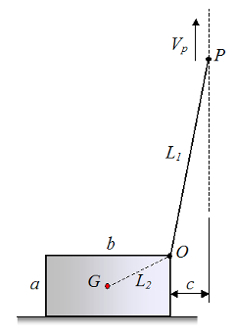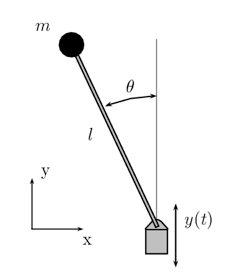

| Topic: Avoid Side Loads | |
| Date Issued: February 21, 2012 | Date Revised: |
Side loads occur when the hoist line is not plumb over the load to be lifted. A pendulum effect is created where the load moves independently of the hoist. Side loading reduces the hoist’s capacity. Side loading can be very dangerous as it can destabilize equipment and cause structural failure or tip-over.

Double Pendulum Effect

Pendulum Effect